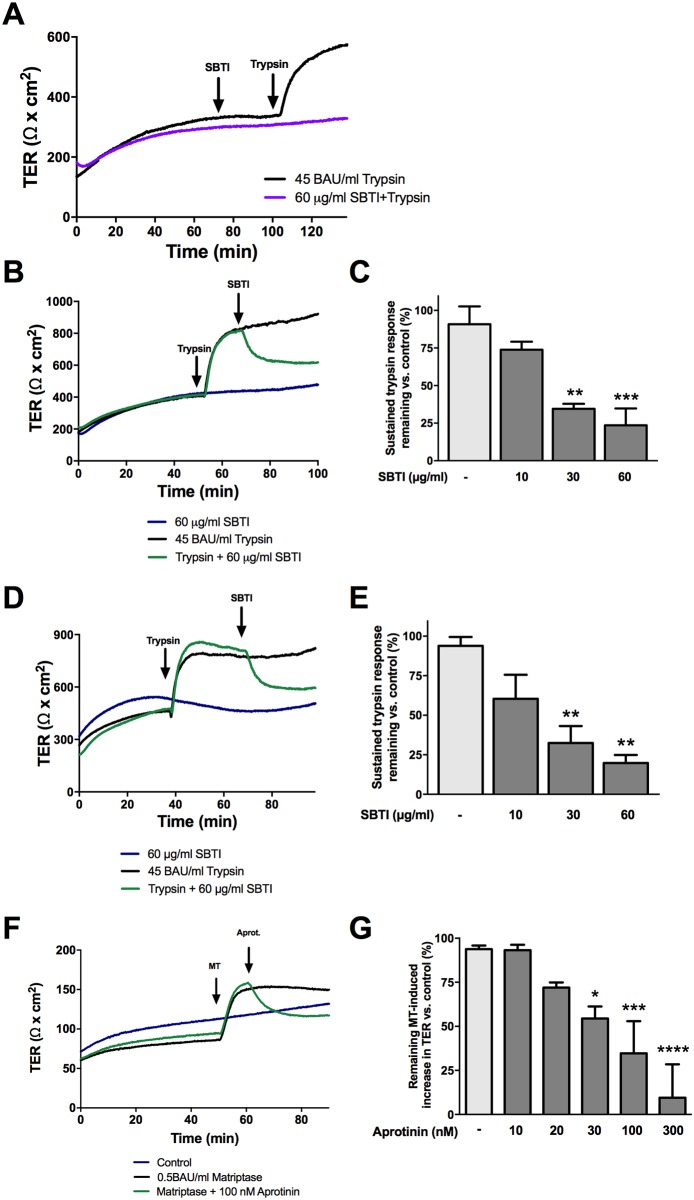Fig 1. The serine protease induced increase in TER is dependent on proteolytic activity.
Confluent SCBN cells were mounted in Ussing chambers and treated apically with the serine protease inhibitors SBTI or aprotinin before or after apical treatment of 45 BAU/mL trypsin or 0.5 BAU/mL matriptase, respectively. A. Representative tracing of cells treated with 60 μg/mL SBTI 30 minutes prior to the addition of trypsin. B. Representative tracing of cells treated with trypsin followed by apical treatment with 60 μg/mL SBTI after 10 minutes. C. The percent sustained trypsin response was determined for cells treated with SBTI 10 minutes after trypsin treatment, n = 3–4. D. Cells were also treated 30 minutes post trypsin addition with SBTI, and a representative tracing of 60 μg/mL SBTI is shown. E. Percent sustained trypsin response was determined for cells treated 30 minutes post trypsin addition, n = 3–5. F. Representative tracing of cells treated apically with matriptase followed by 100 nM aprotinin after 10 min. G. Percent sustained matriptase (MT) response was determined for cells treated 10 minutes post matriptase addition was determined, n = 3. ** p<0.01, *** p<0.001 ****p<0.0001 compared to trypsin or matriptase treated only controls by ANOVA with Dunnett’s post-hoc test.

